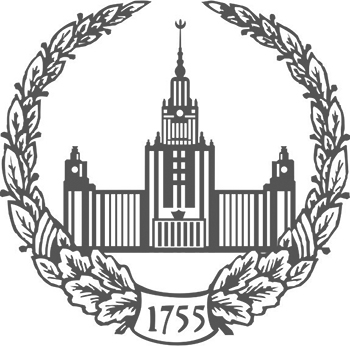ISSN: 2074-8132

ISSN: 2074-8132

Introduction. We analyzed the distribution of caries, linear enamel hypoplasia, dental trauma and ante-mortem tooth loss in groups of different age and sex from one of the largest Mesolithic necropolises in North-West Europe – the Yuzhny Oleniy Ostrov cemetery. The main objectives of the study were: reconstruction of the model of socioeconomic differentiation based on paleodietary markers characterizing the level of nutritional stress in the population; testing the previously put forward hypothesis based on archaeological materials suggesting the complex structure of the society, which left the burial ground and the differences in position of individuals related to a particular age and sex groups they belong; assessing the extent to which the climate crisis of 8200 BP affected the level of biological stress of the Mesolithic population.
Materials and methods. All adult males and females in the series were divided into four age cohorts: juvenilis, adultus, maturus, senilis. For each sex and for each age group within it, dental pathologies frequencies were calculated and the differences were tested for reliability using the Pearson χ2 criterion with Yates's correction.
Results and discussion. The results of the analysis showed the absence of significant differences between males and females based on frequencies of caries, linear enamel hypoplasia, dental calculus and ante-mortem trauma. This indicates that the life support system of the people from Yuzhny Oleniy Ostrov was egalitarian in nature, which did not imply food discrimination of the adults based on sex. The absence of significant differences between different age categories for most of pathologies, with the exception of enamel fractures, also showed that their strategy for providing the necessary food resources was highly adaptive and allowed them to maintain the same level of stress throughout the lives of at least three generations of people buried in the cemetery. This is confirmed by the very low frequency of enamel hypoplasia observed in the series despite serious climatic fluctuations.
Conclusions. In general, the intra-group distribution of the dental pathologies frequencies corresponds to an equal access to food resources for any member of the community and the absence of the economical differentiation based on sex or age.
Acknowledgements. The work was carried out within the framework research and development plan of the MAE RAS "Centers of ethno- and cultural genesis and contact zones in Eurasia and America at the end of the Pleistocene and Holocene (according to physical anthropology, archeology and ethnology)"
